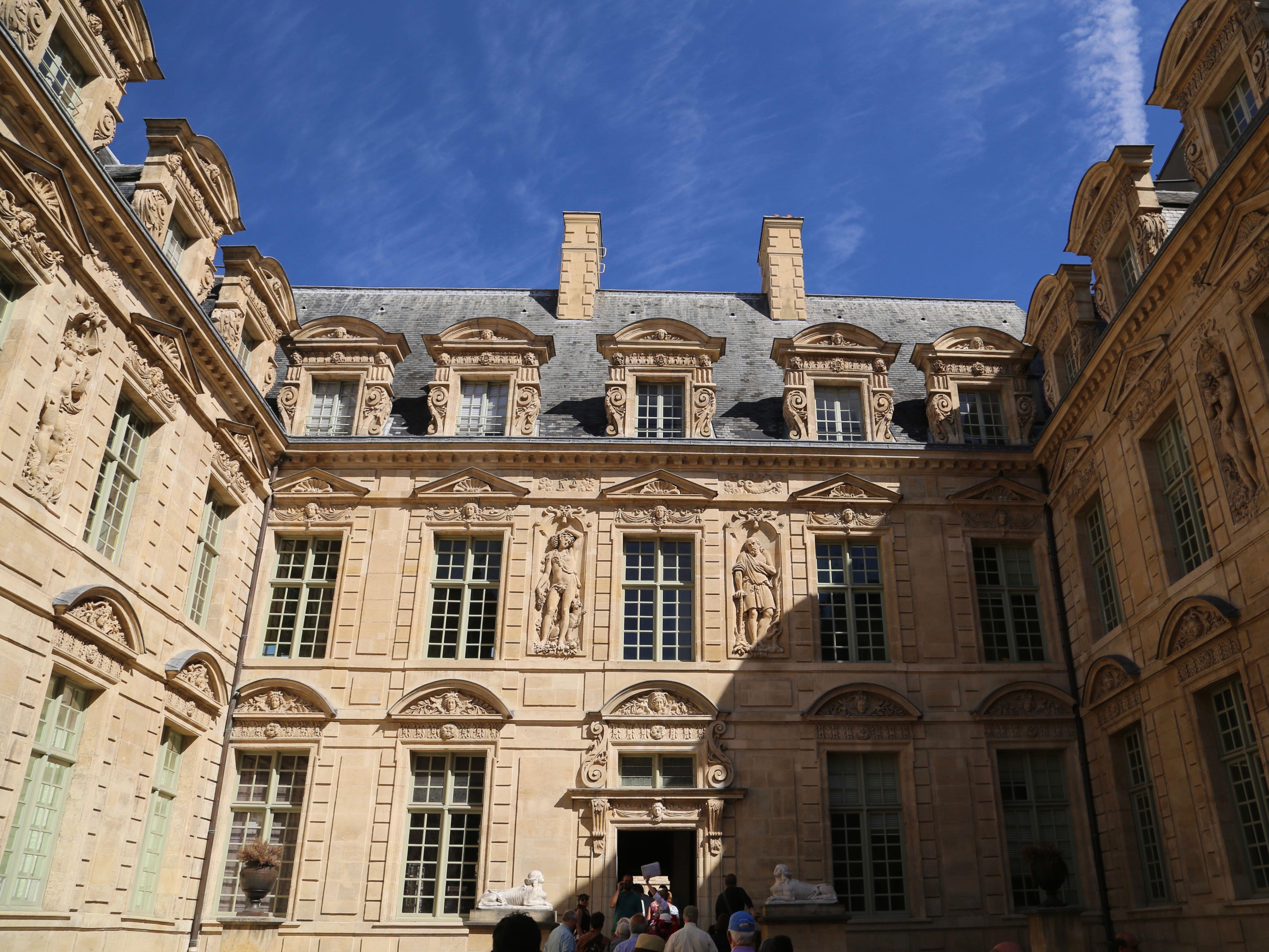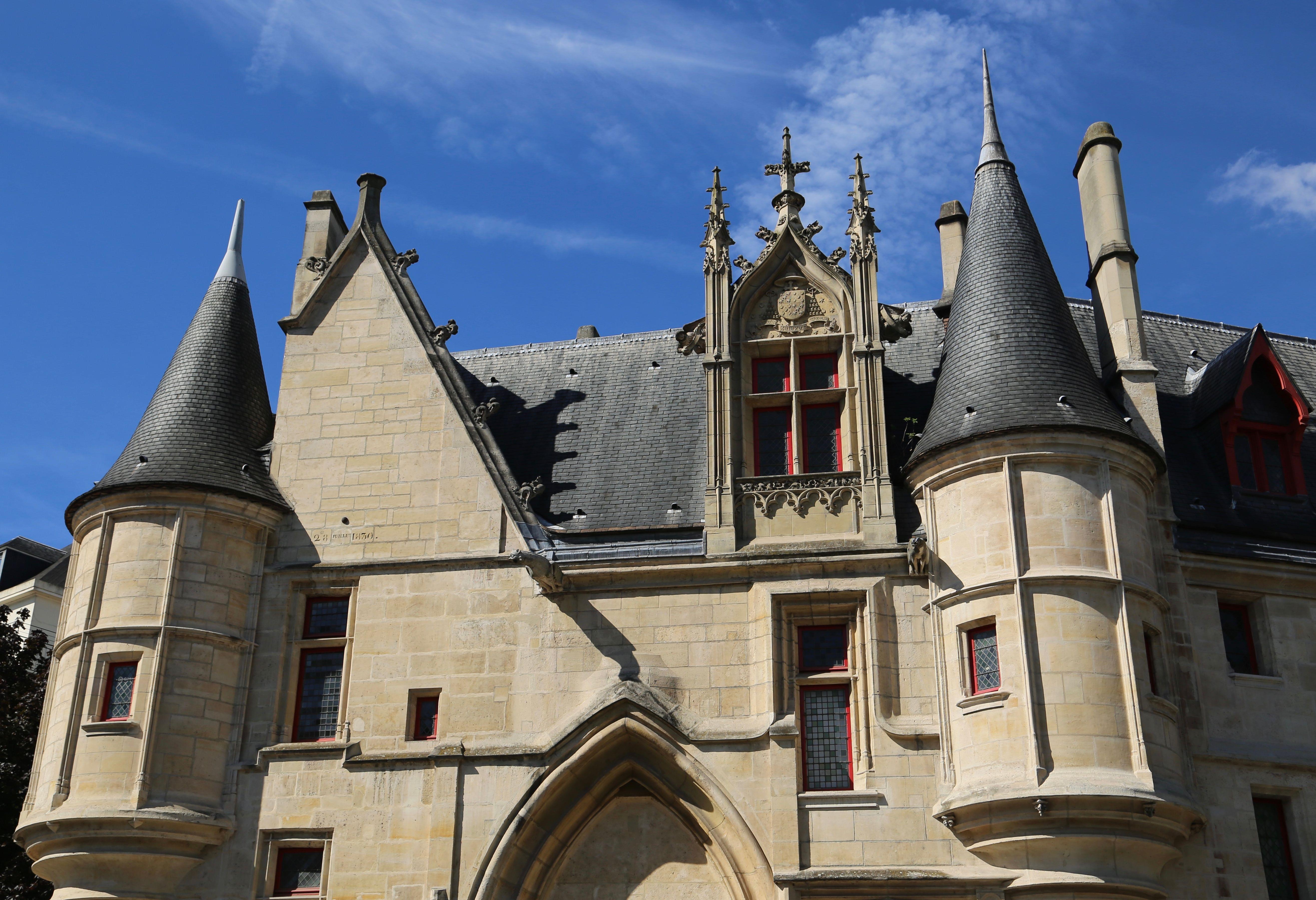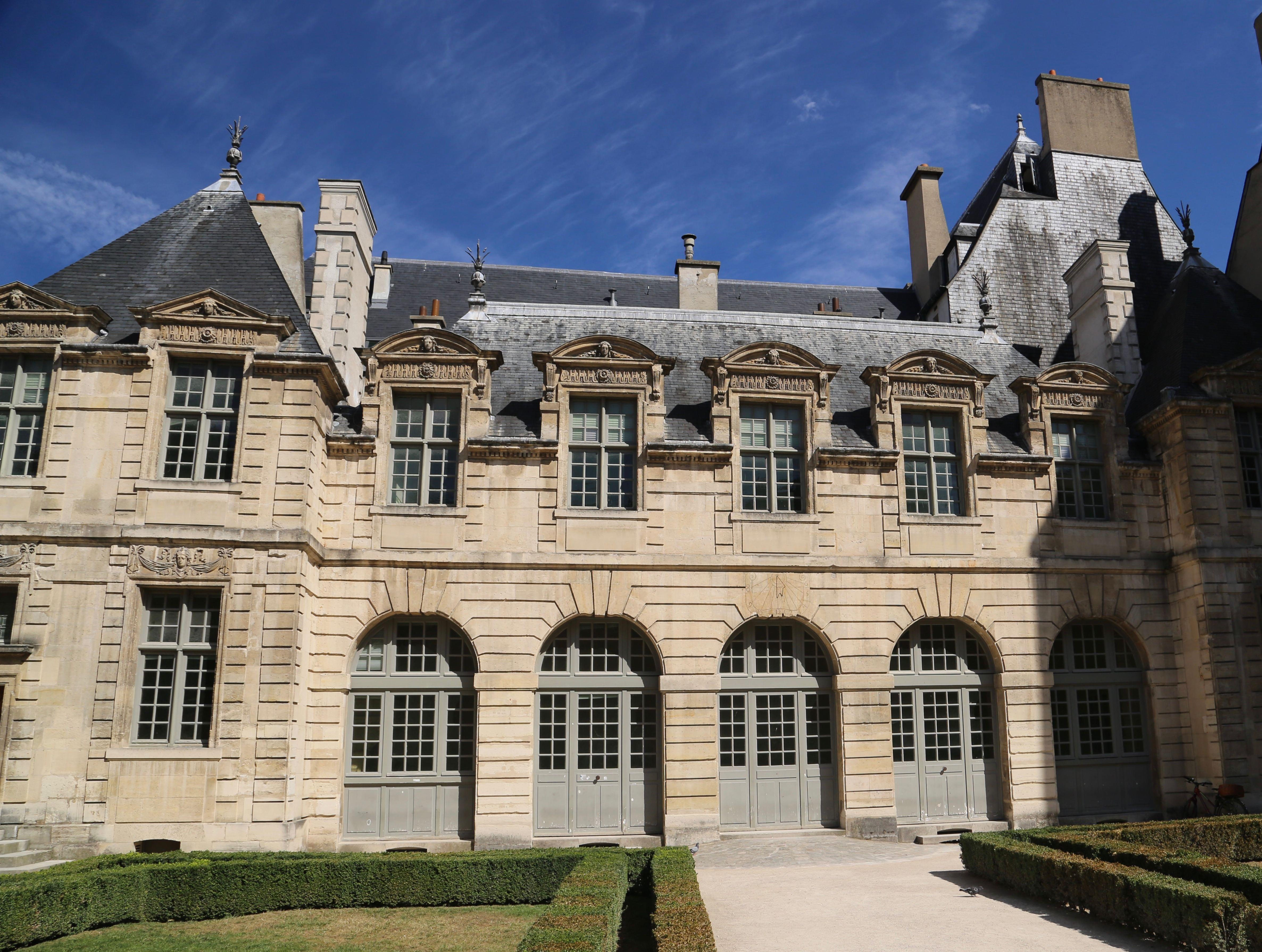Musée Cognacq-Jay Overview
Highlights from the Collection of the Museum
The picture in the Musée cognacq jay showcases goddess Diana resting under the shade of a tree in a clearing inside a forest and unlacing her boots after hunting with three nymphs. She has a milky white complexion, curvaceous body, and a slender face, exposing her nude self with an elegant pose.
This picture in the musée cognacq-jay displays a young woman wearing a mischievous smile and roguish look with her teeth showing, eyes sparkling, and cheekbones raised. The woman is scantily dressed and standing at a door, which a young man is trying to force open. Another woman is lying half-naked on a bed and both the women are looking at the viewer with a knowing air.
Dating back to 1626, this is one of the earliest works by Rembrandt, who must have been in his 20s during the making of this masterpiece. When prophet Balaam's mount changes its direction all of a sudden to avoid God’s angel, he starts beating the animal with a stick. However, God intervenes and the animal starts talking. The prophet, then, recognises this divine miracle and blesses Israel thrice.
Canaletto paints his city along with its inhabitants in this painting in the musée cognacq jay. The painting showcases the Grand Canal with gandolas floating on the water and the everyday busy life taking its own course. This painting was commissioned by Joseph Smith, an English diplomat, who spent most of his time staying in Venice.
With a clock crowning it, this is a rectangular box made of Gold, Agate, Enamel, Wood, and Velvet. There is an inscription on the band of the box that reads, "If, by opening me, your thoughts/Turn fondly to me/I swear on my faith, /I'll be well rewarded". Engraved with rococo-style motifs, this box has many objects including various toiletries, feminine hygiene products, flasks, and gastronomical pleasures.
This is a Polish-style bed with a shiny blue taffeta patterned with arabesques and branches. The bed is adorned with carved decoration, showcasing naturalistic ancient elements. The gilded wood frame of the bed is decorated with acanthus leaves and pearls. The crown of the bed is decorated with beautifully sculpted poppy flowers showcased at different stages of blooming.
History of Musée Cognacq-Jay
1. Opening Hours:
10 AM to 6 PM; closed on Monday
2. Location:
8 Rue Elzevir, 75003 Paris, France
3. How to Reach:
- By Subway: You can take a subway and get to the museum. You can opt for Saint-Paul (ligne 1), Chemin-Vert (ligne 8), or Rambuteau (ligne 11), based on your convenience.
- By Bicycle: Vélib' bikes are available on rent at station n°4013 Vieille du Temple - Francs Bourgeois and station 3002 Saint Gilles - Turenne.
- By Bus: You can take a bus and get to the museum. You can opt for lines 29 (Turenne-Saint Gilles / Payenne), 69 (Saint-Paul), 76 (Saint-Paul), and 96 (Saint-Paul).
Know More: Best Time to Visit Paris
FAQ's of Musée Cognacq-Jay
What makes Musée Cognacq-Jay famous?
The Musée Cognacq-Jay is famously known for its Classique architectural design, splendid garden, and huge collection of impressive 18th century artworks by eminent artists like Boucher, Chardin, and Fragonard.
Is Musée Cognacq-Jay worth visiting?
Yes, the Musée Cognacq-Jay is totally worth visiting, thanks to its breathtaking Classique architectural design and extensive 18th century artworks, including paintings by Boucher, Chardin, and Fragonard.
How long does it take at Musée Cognacq-Jay?
It generally takes 3 to 4 hours to explore the Musée Cognacq-Jay completely. During these hours, you can explore all the attractions of the museum including Diana After the Hunt, Balaam and the Ass, Polish-style Bed, The Grand Canal from the Rialto Bridge, Vanity Case, and The Indiscreet.
What is the best time to visit Musée Cognacq-Jay?
The best time to visit Musée Cognacq-Jay is during the morning hours as there are fewer people in the museum at this time of the day and you get to explore the rich collection peacefully. You are also suggested to consider visiting the museum on weekdays as it remains very crowded during holidays and on weekends.
What are the timings of Musée Cognacq-Jay?
The Musée Cognacq-Jay Paris is open from 10:00 AM until 6:00 PM on all days, except on Monday.
What are the nearby attractions of Musée Cognacq-Jay?
Some of the nearby attractions to Musée Cognacq-Jay include Carnavalet Museum, Institut Suédois Gallery, Rue des Rosiers, and L’as du Fallafel.
Which are the famous museums to visit in Paris?



